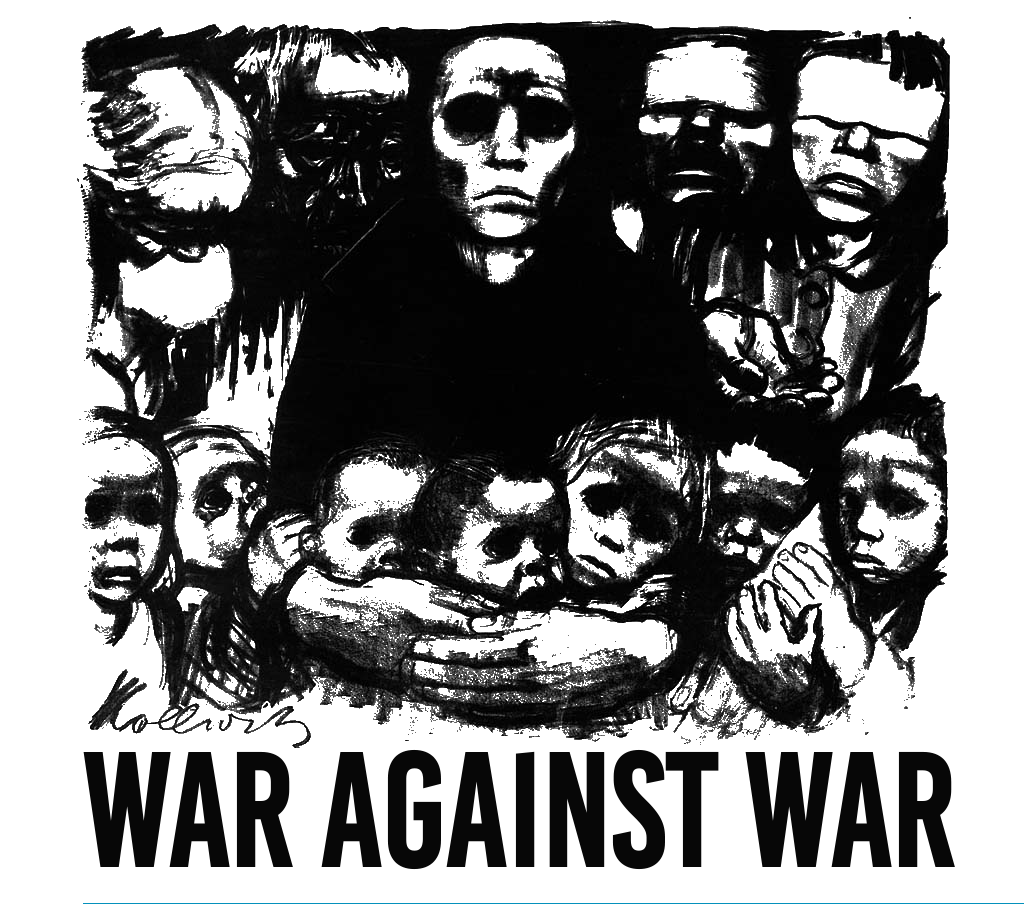This article investigates the relationship between recent repression of protest and the duration of future protests. A rich scholarship examines how repression impacts dissent, highlighting dissent dimensions such as the number of future events and violent escalation. Less examined is another dimension of dissent – protest duration. We hypothesize that recent repression of protests is pivotal for longer duration of future protest events. Our expectation stems from a participant type mechanism. Recent repression of protest may generate more societal grievances but also increase protesting risks. A simultaneous jump in grievances and risks may increase the number of people protesting who are also risk-acceptant and willing to protest for longer durations. The Armed Conflict Location & Event Data Project data and hierarchal negative binomial models are used to estimate the association between recent repression of protest and subsequent protest duration. Compared to having none of the most recent three protests repressed, a protest in a location where the last three protests were repressed has a substantively longer duration. The results are consistent with the participant type mechanism and existing literature on repression’s heterogeneous effects on individuals.
This was originally published on SAGE Publications Ltd: Journal of Peace Research: Table of Contents.
